[/caption]
NASA announced that it has added the Delta II rocket, a launch vehicle that appeared to be slipping into history, to the NASA Launch Services (NLS) II contract. The Delta II, produced by United Launch Alliance, is one of the most successful expendable launch vehicles that has ever been produced.
This modification of the contract will allow ULA to add the Delta II rocket as part of the contract’s on-ramp provision. The modification allows United Launch Services to offer as much as five Delta II rockets.
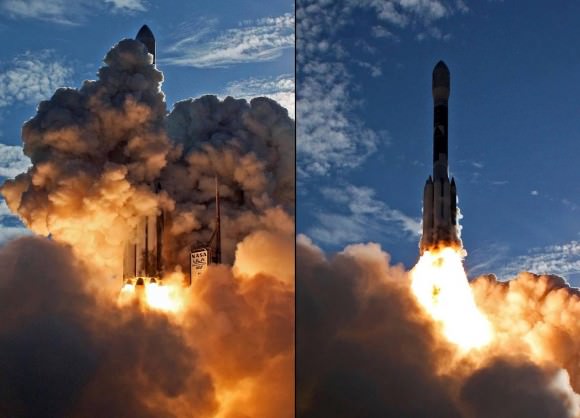
“We are extremely pleased NASA has added the reliable Delta II to the NLS II contract and look forward to continuing the legacy of the program,” said Michael Gass, ULA’s president and CEO. “ULA has demonstrated its ability to fully integrate Atlas V, Delta IV and Delta II product lines allowing us to continue offering medium launch capability at the best value for our customers.”
The Delta II rocket, in its various configurations has been launched 150 times and has a success rate of 98.7 percent. The one notable failure was the 1997 launch of a U.S. Air Force Global Positioning IIR-1 satellite (GPS IIR-1). Within 13 seconds of launch the Delta II exploded causing severe destruction to the surrounding area. The cause of this mishap was determined to be a crack within one of the GEM-40 solid rocket boosters that are affixed to the base of the Delta II.
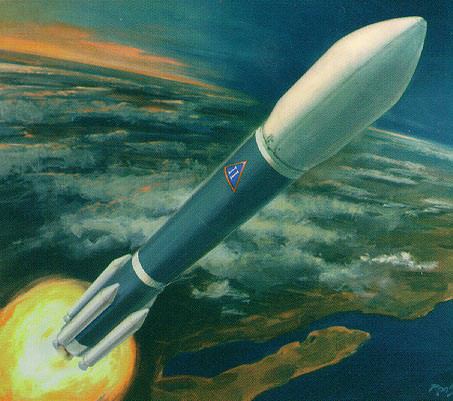
“While we count success one mission at a time, we have been able to count on the Delta II’s success 96 times in a row over the last decade,” Gass said. “This is a tribute to our dedicated ULA employees, our supplier teammates and our NASA Launch Services Program customer who ensures mission success is the focus of each and every launch.”
The planetary science missions that the rocket has sent into space reads like a “Who’s Who” of space exploration missions. The Mars Exploration Rovers Spirit and Opportunity, Mars Phoenix Lander, Genesis, Stardust, Mars Pathfinder, Mars Global Surveyor, Messenger, Deep Impact, Dawn, Kepler, Wise and the recent GRAIL mission to the Moon – all thundered to orbit atop a Delta II.
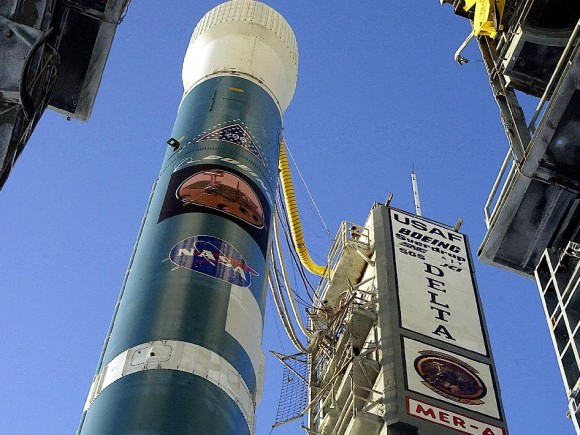
ULA’s next planned launch of a Delta II will carry the NPOESS Preparatory Project (NPP) mission for NASA. It is currently slated to launch Oct. 25, 2011 from Space Launch Complex-2 at Vandenberg Air Force Base, located in California. ULA launches from both Vandenberg as well as Cape Canaveral Air Force Station, located in Florida.
While this change does allow for at least five more launches of the Delta II, after those launches, the rocket will no longer be utilized and will be phased out of service.
The NLS II contracts are designed to provide for payloads weighing about 550 pounds or more to be sent to a minimum 124-mile-high circular orbit. The launch service providers signed into these contracts also may offer different launch vehicles to NASA to meet other requirements. NASA can also provide launch services to other agencies, such as the National Oceanic and Atmospheric Administration or NOAA.
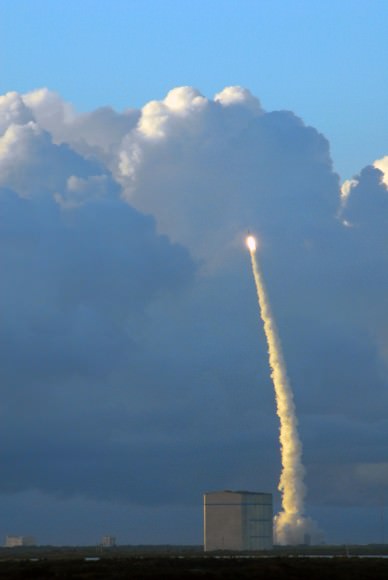

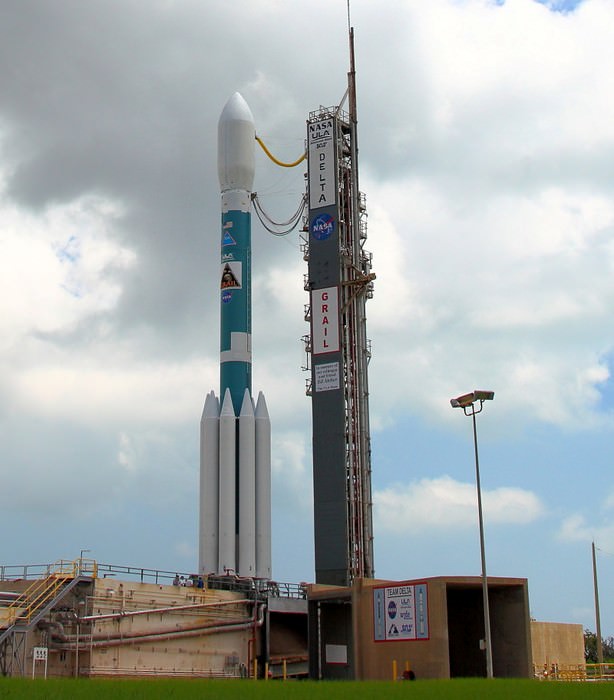
Why are they retiring it if it is so good?
The Delta 2 is an excellent rocket, but it’s more expensive on a per kilogram basis than its more modern competition. ULA has been hiking up the pricing on Delta 2 launches to ridiculous levels over the past 8 years. Because of this even the USAF has written it off as unaffordable, and is moving on to other launchers (from the same company – ULA) for its light payloads.
The Air Force wants to support their EELV program (Atlas V and Delta IV). More EELV launches mean lower price per launch. Thus, the USAF has shifted payloads away from Delta II, even those which are undersized for A-V/D-IV. With only NASA as a customer (commercial comsats have largely abandoned this rocket-size class over a decade ago), there are not enough launches per year to make the D-II program worthwhile. Remember, a rocket costs you in pad infrastructure, manufacturing tooling, dedicated staff, etc. whether you launch 2 times a year, or 200.
Speaking of economy, I have just read the background material on Mus’s National Press Club presentation. He mentions that besides Atlas V having russian engines (at half the production cost), many components are swiss.
Not only supported pork work, ULA products include imported pork.
Let’s see, how many things are wrong in your post?
1. You accepted Elon Musk without question. As a competing launcher, he has lied openly about Pegasus, and now he seems to be going after Lockheed Martin. This is in addition to numerous other Musk statements and incidents.
2. _One_ Atlas V component, the fairing on some flights, is from Contraves. It is derived from the Ariane V fairing, as that fairing is the right size has been demonstrated to work quite well. It makes no sense to reinvent the wheel- particularly in space launch, where production rates are low and risk is high. It’s just like when Lockheed built new fairings for the Proton, when bringing them to the greater market under ILS.
3. There is NO direct pork. Boeing and Lockheed Marting built the Delta II and Atlas III, so now they’re stealing… the Boeing Delta IV and Lockheed Martin Atlas V??? The Department of Defense is doing the sensible thing, and consolidating lines down to modern, efficient vehicles.
In the ’70s, the US shifted away from kerosene, to hydrogen and solids. Kerosene-engine development was pretty much zero for twenty years, as the Shuttle was supposed to dominate the launch market. Lockheed, however, was more sensible than NASA or Boeing, and correctly saw that kerosene was better for first stages. However, _NO_ new US engines were being developed, while the Soviet NK-series and RD-170-series were still world-leading.
That’s one error per sentence, Torbjörn.